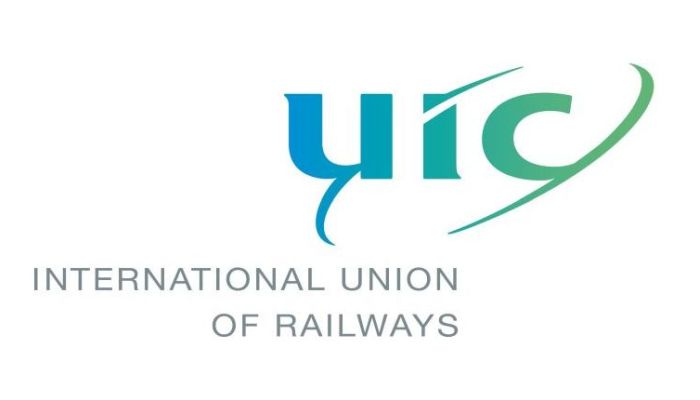
International Union of Railways
International Union of Railways
Organisation Introduction
UIC is the worldwide organisation for the promotion of rail transport at a global level and for collaborative development of the railway system. It brings together some 200 members on all 5 continents, among them rail operators, infrastructure managers, railway service providers, etc. UIC maintains close cooperation links with all actors in the rail transport domain right around the world, including manufacturers, railway associations, public authorities and stakeholders in other domains and sectors whose experiences may be beneficial to rail development. The UIC’s main tasks include understanding the business needs of the rail community, developing programmes of innovation to identify solutions to those needs and preparing and publishing a series of documents known as IRS that facilitate the decision making and the implementation of the innovative solutions.
Why ZEFES?
UIC decided to join the ZEFES project as it will give the chance to rail to adapt itself for the forthcoming new types of semi-trailers which will be operated on road maintaining its role in the combined transport system.
Moreover it will make possible to update and adapt accordingly the current UIC combined transport coding system to these new intermodal loading units.
What in ZEFES?
UIC will be involved in the project providing rail system expertise. In particular UIC alongside with CFL will help coordinating the activities related to the development and demonstration of a suitable e-charging system for the intermodal loading units. This charging system could be located at the intermodal terminals or on the wagons to recharge the batteries during transport. Both methodologies have to be assessed.

“The ZEFES-project will offer a good opportunity for the railway sector to collaborate with the other players of the combined transport sector. Together it will be possible to strongly contribute to reach the main goal defined in the Paris Agreement: carbon neutrality by 2050.”

